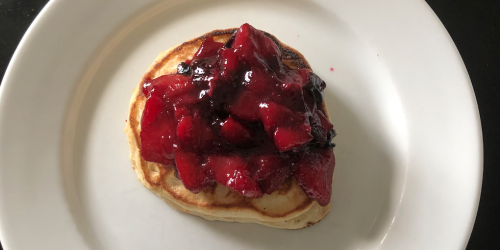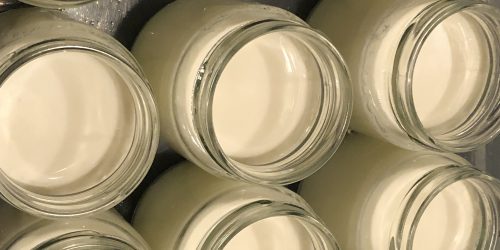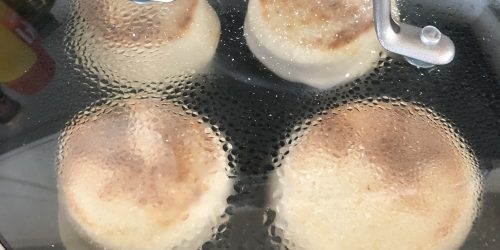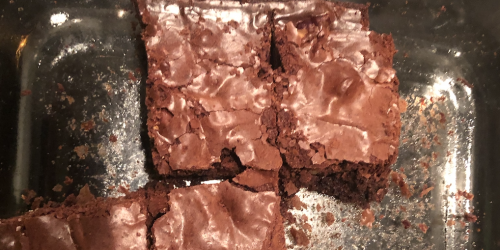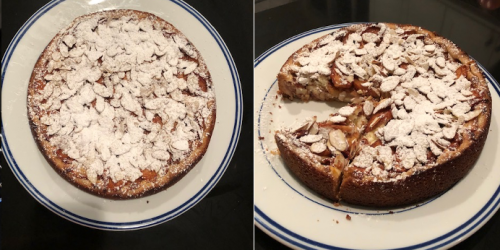Bagel History & More
Bagels and pretzels are boiled prior to baking to create a chewy crust and slightly dense interior. Boiling also sets the crust. Bagels are typically boiled for 30-60 seconds on each side. The longer the boil, the thicker and chewier crust. I boil mine for 1-minute each side. But, I have also boiled them longer at times. Boiling also sets the crust so that the bagels to not rise as much in the oven. This makes the bagel dense. For more density and chewy bagel, boil longer (to your preference). Sometimes lye (alternate is baking soda) or barley malt extract are added to the boiling water. Both of these additions help the crust brown in the oven and also give the crust a distinct flavor.
Bagel History
There are several stories about the origin of the bagel. One of the most popular accounts states that in 1683, a baker in Austria wanted to pay tribute in gratefulness to King Jan Sobieski of Poland, who had helped drive Turkish invaders out of Austria. King Jan was well known as a skilled horseman, so the Austrian baker decided to shape some dough into an uneven circle resembling a stirrup. The Austrian word for “stirrup” is “beugel.” Over time, the word “morphed” into the word “bagel.”
Bread was considered one of the most holy foods, and under Jewish dietary restrictions, bread could not be eaten until after hands were washed and a blessing was read. At this time, most Jews earned their living as peddlers, so when traveling the countryside they usually couldn’t eat bread because clean water was rarely available. Boiling before baking made bagels fall out of the category of traditional bread. Therefore, Jewish people were able to eat this type of bread without having to go through the usual religious rituals of hand washing and blessing the bread before eating.
They were smaller than bagels today, much crustier, and most often served as a street food. Traditional bagels require a process of boiling and baking, which actually means bagels have a longer shelf life than other breads. As stated earlier, the boiling-then-baking process is what creates that coveted crusty, chewy texture. Proper bagels take a bit of work to really chew.
Bagels came to the U.S. along with the mass migration of Eastern European Jews at the turn of the 20th century. They were sold on street corners by Jewish immigrants who used the hole in the bagel to stack them on long sticks. Until the 1950s, bagels were handcrafted in small, cellar-style bakeries on New York City’s Lower East Side. They gained popularity due to a 1951 Broadway play.
Murray Lender enters the bagel game in 1955 and expands his father’s business by packing bagels to be sold in supermarkets. He also experiments with new flavors, like onion and pumpernickel. Then, in 1962 Lender buys the first bagel-making machine and freezes bagels that are sold under the Lender’s brand across the country.
Murray Lender Commercial
References
https://www.thekitchn.com/food-science-why-bagels-are-bo-86711
